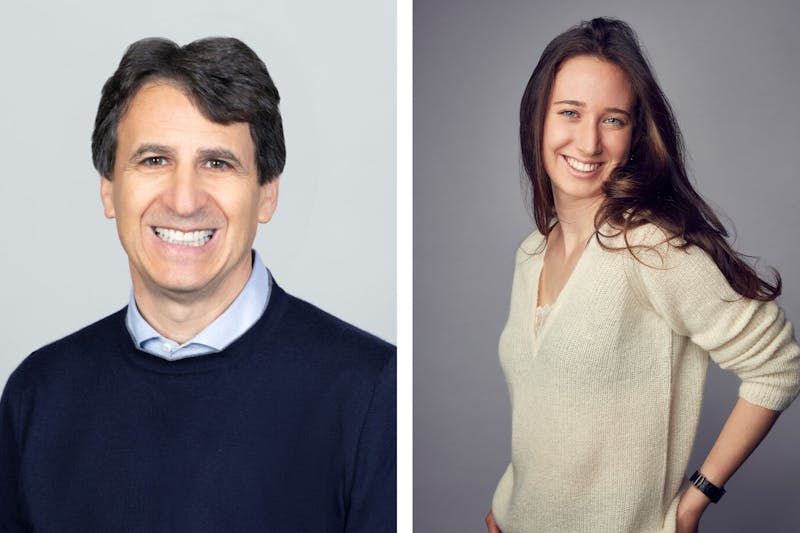With Canadian Thanksgiving just behind me, and American Thanksgiving not too far away, I’ve been thinking a lot about holiday feasting. More specifically, I start to think about the very scientific phenomenon known as “food coma” (Okay, maybe not so scientific).
But the desire to drop everything and crash after eating isn’t limited to holidays, much as we’d like to tell ourselves it is. As we constantly fight the temptation to nap just a little bit longer, we can learn a lesson or two from post-Turkey-Day food comas and apply it to our school lives to help us win the battle against our increasingly heavy eyelids.
It may come as a surprise that one of the biggest culprits of unexplained drowsiness is food. What you put in your mouth, how much and when, directly affects how sleepy you feel. It’s something to keep in mind as students start hibernating and napping more than they should.
Around the holidays, people are quick to blame turkey for the post-meal crash (they even throw in fancy terms like “amino acid” and “neurotransmitter” to make their argument sound legitimate). But as a turkey aficionado myself, I am pleased to inform you that recent evidence has likely proven this holiday suspect innocent.
The thinking behind the attack on turkey is that tryptophan, a substance found in the bird, makes us sleepy because the brain can convert it into melatonin and serotonin (substances important in regulating sleep). While tryptophan can have these sleep-inducing effects (it is sometimes prescribed as a sleep aid) it usually must be taken (a) on an empty stomach, and (b) without any protein to make you drowsy.
And as this is most definitely not the case with a holiday feast, turkey is off the hook.
Well, almost. A 2006 study published in the American Journal of Clinical Nutrition found that eating a meal of high glycemic-index carbohydrates along with tryptophan could make us sleepy.
If you think this pairing is only encountered during holiday eating, think again. Some of the highest GI foods include white bread, rice, potatoes, watermelon and jellybeans. And sources of tryptophan are equally widespread — eggs, cheese, nuts, chicken, pork, and yes, turkey. Sounds like your typical diet, eh?
The combination of carbs plus tryptophan spikes your blood sugar and triggers the release of insulin. Insulin then causes other amino acids to leave the blood and enter the muscles — leaving us with a higher concentration of tryptophan in the blood stream. From there, tryptophan is free to enter the brain and turn into serotonin, causing the drowsiness to set in.
But no matter what you eat, if you overeat, it’s going to make you feel tired. It takes a lot of energy to digest a big meal, especially one high in fat. After chowing down big time, your body redirects a lot of blood to your stomach to help with the massive task of digesting. With less blood flowing to your muscles and brain, you’re left feeling sluggish.
Still, how do you explain that mid-afternoon urge to nap that hits you every day at 2:30 without fail?
Maria Antoniou, sleep specialist and Assistant Professor of Clinical Medicine at Penn, explains that it’s relatively normal to feel a little bit sleepy after meals, but draws attention to the effects of “today’s unfortunate societal trends of sleeping less.”
“Post-meal lethargy usually represents a normal circadian dip in alertness level that is exacerbated by our overall sleep deprivation.”
Back in high school, a wise then-college senior told me that you spend your time in college doing three things: working, partying and sleeping — but you only have time for two of the three. And if you’re like me, it’s sleep that always gets the shaft. Since packed schedules leave us little time for mid-day drowsiness, knowing a bit more about the phenomenon of sleepiness can help us stay sharp throughout the day and into the night.
The Daily Pennsylvanian is an independent, student-run newspaper. Please consider making a donation to support the coverage that shapes the University. Your generosity ensures a future of strong journalism at Penn.
DonatePlease note All comments are eligible for publication in The Daily Pennsylvanian.







